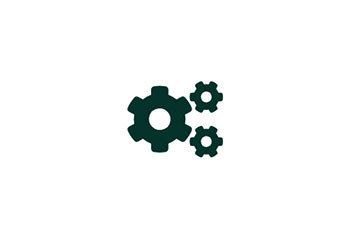
3d Pointclouds
Enables a robot to steer safely through unknown and potentially dangerous 3D environments
The robot carries a rotating 3D Laser Range Finder (specially developed for this application). The laser data, consisting of 3D point clouds is transmitted to a control PC where it is processed. The processing involves matching new data to previously collected points in such a way that a coherent point cloud results which is correctly representing the environment. On the PC, a viewer application allows the operator to observe this representation in a convenient way.

Pointcloud
3D Laser Range finder creates a pointcloud of the environment. By moving the robot, several pointclouds are created from different positions. This gives a “denser” pointcloud with more information.

Sensor Data
Robot sensor data like IMU (inertia measurement unit) and encoder data (wheel rotations) are added to the model as additional information source.

Data Processing
Advanced algorithms process all data from the stitched pointcloud and the onboard sensor data to calculate the exact position in the 3D space.
The navigation system has a modular architecture. This is mainly possible due to the use of Ethernet for communications. Depending on which modules are mounted / used, the navigation filter on the PC computer can provide a better or rather rough localization estimation. The software architecture is based on individually coded modules which communicate over inter-process channels in order to share information.
· The motor control software (which includes the navigation filter)
· Laser point cloud processor
· The 3D visualization module
· The video recording and playback module
The navigation modules communicate to a control PC over Ethernet. The data is evaluated by software directly on the PC. The robot control software also runs on the PC and sends motion commands to the on-board motor controllers over Ethernet.
Waygate Technologies의 제품과 서비스가 비즈니스에 어떤 도움이 될 수 있는지 알아보십시오. Waygate Technologies의 영업 담당자에게 연락하거나 기술 전문가에게 궁금한 점을 문의하십시오.

